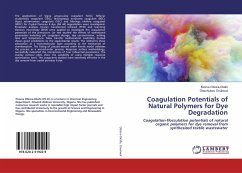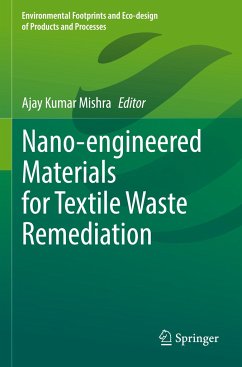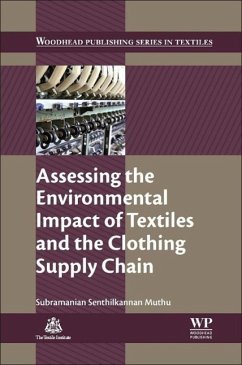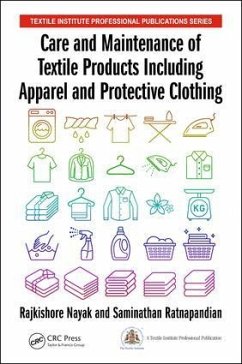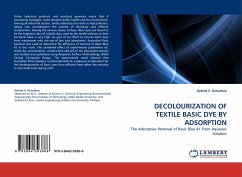
DECOLOURIZATION OF TEXTILE BASIC DYE BY ADSORPTION
The Adsorptive Removal of Basic Blue 41 From Aqueous Solution
Versandkostenfrei!
Versandfertig in 6-10 Tagen
32,99 €
inkl. MwSt.

PAYBACK Punkte
16 °P sammeln!
Today industrial products and practices generate waste that if improperly managed, could threaten public health and the environment. Among all industrial sectors, textile industries are rated as high polluters, taking into consideration the volume of discharge and effluent composition. Among the various classes of dyes, Basic dyes are found to be the brightest class of soluble dyes used by the textile industry as their tinctorial value is very high. As part of an effort to remove basic dyes from wastewater with the use of low cost adsorbents, Australian Pinus Sawdust was used to determine the ...
Today industrial products and practices generate waste that if improperly managed, could threaten public health and the environment. Among all industrial sectors, textile industries are rated as high polluters, taking into consideration the volume of discharge and effluent composition. Among the various classes of dyes, Basic dyes are found to be the brightest class of soluble dyes used by the textile industry as their tinctorial value is very high. As part of an effort to remove basic dyes from wastewater with the use of low cost adsorbents, Australian Pinus Sawdust was used to determine the efficiency of removal of Basic Blue 41 in this work. The combined effect of experimental parameters viz. initial dye concentration, contact time and pH on the adsorption process was studied and optimized using Response Surface Methodology (RSM) Central Composite Design. The experimental result showed that Australian Pinus Sawdust could potentially be employed as adsorbent for the decolourization of Basic dyes from effluent from either the industry or else small scale dyeing units.






